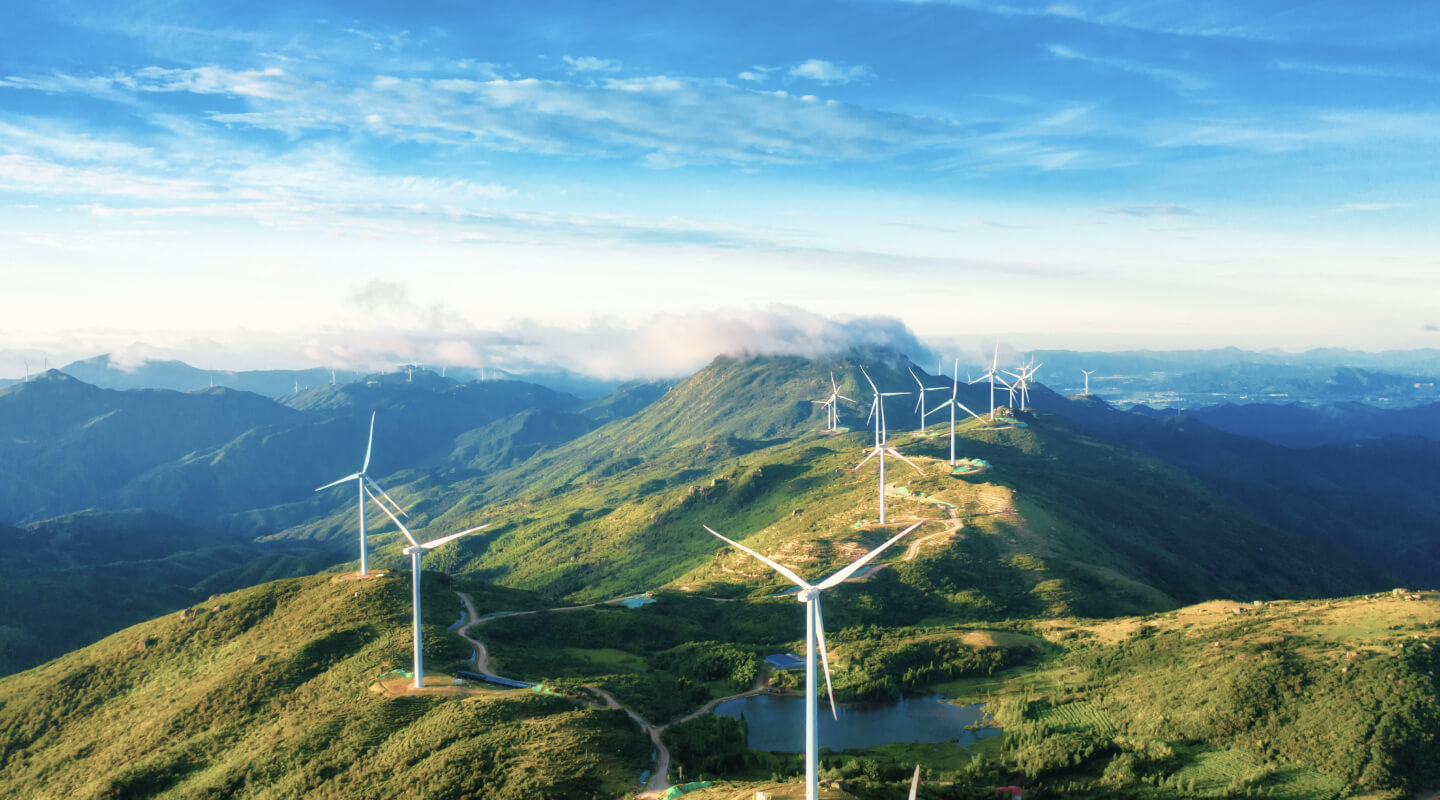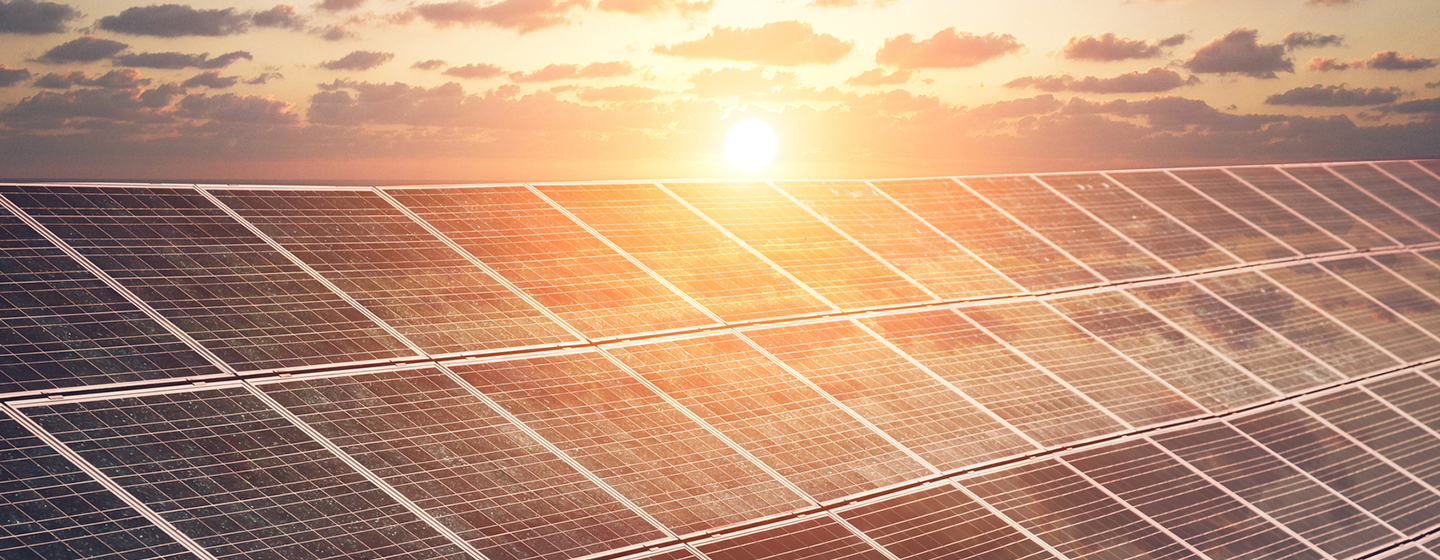The key to achieving decarbonization
The key to achieving decarbonization
The change towards a more sustainable energy production model doesn't consist of abandoning conventional fuels, which are indispensable in areas as important as air transportation or the shipbuilding industry. As such, among the actions contemplated in the energy transition are the following:
Reducing GHG emissions
Reducing GHG emissions
Promoting the use of new, more sustainable fuels such as synthetic fuels or biofuels.
Using renewable energy
Using renewable energy
Promoting low-carbon electricity generation and encouraging electrification of the main sectors of the economy.
Improving energy efficiency
Improving energy efficiency
Both for companies and society, and encouraging the reduction of their carbon footprint.

